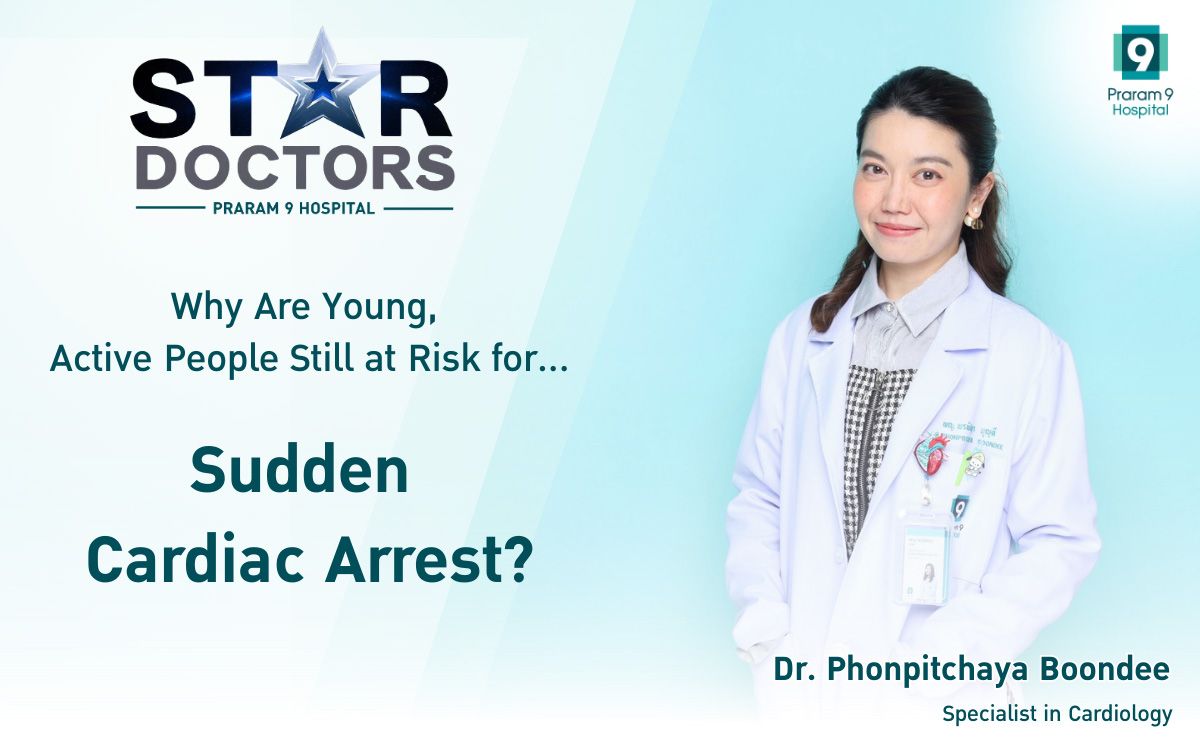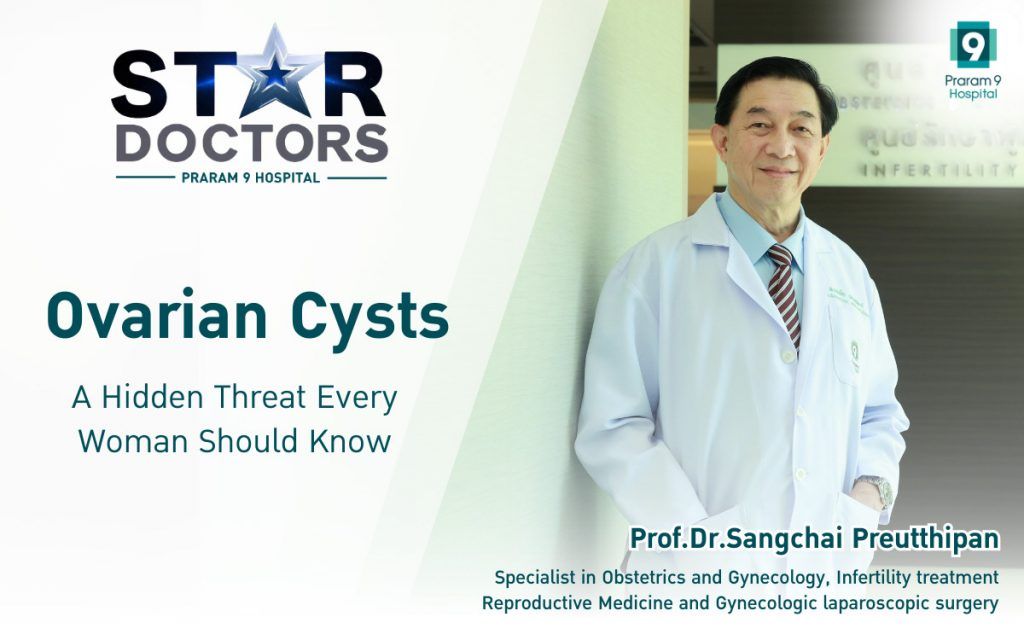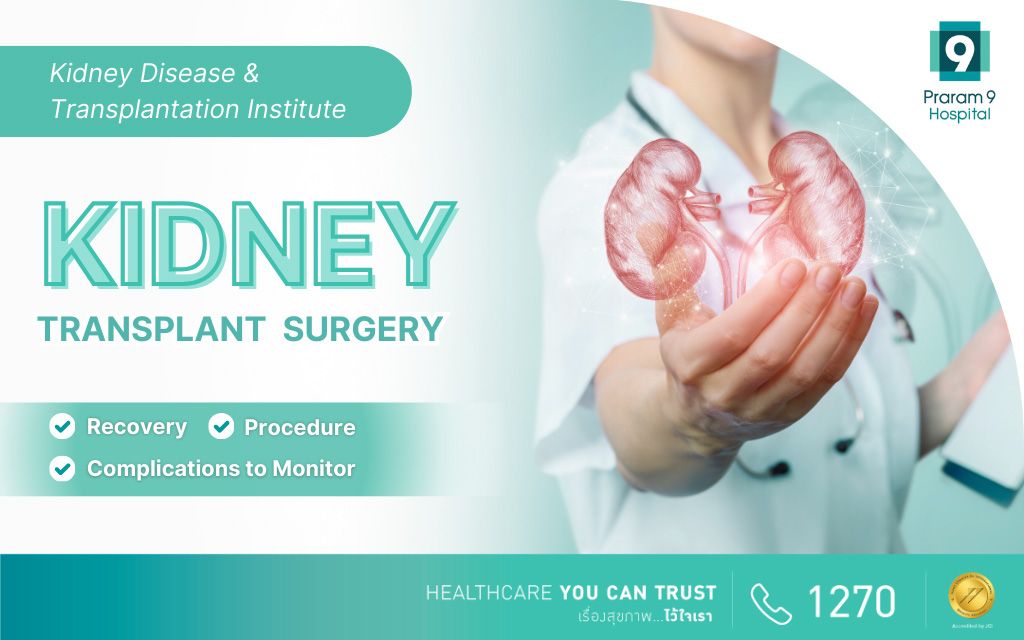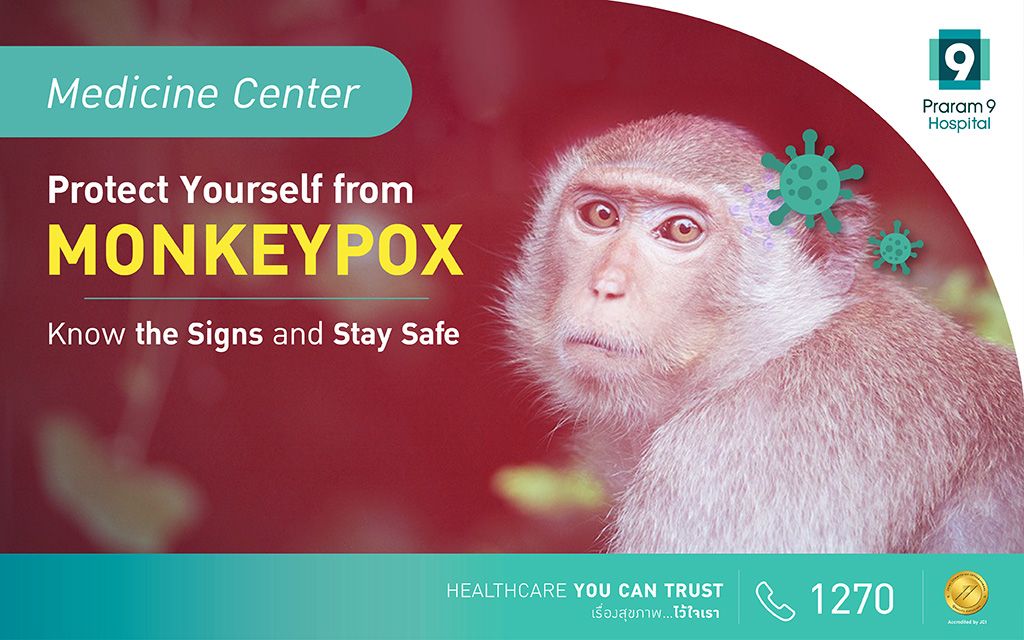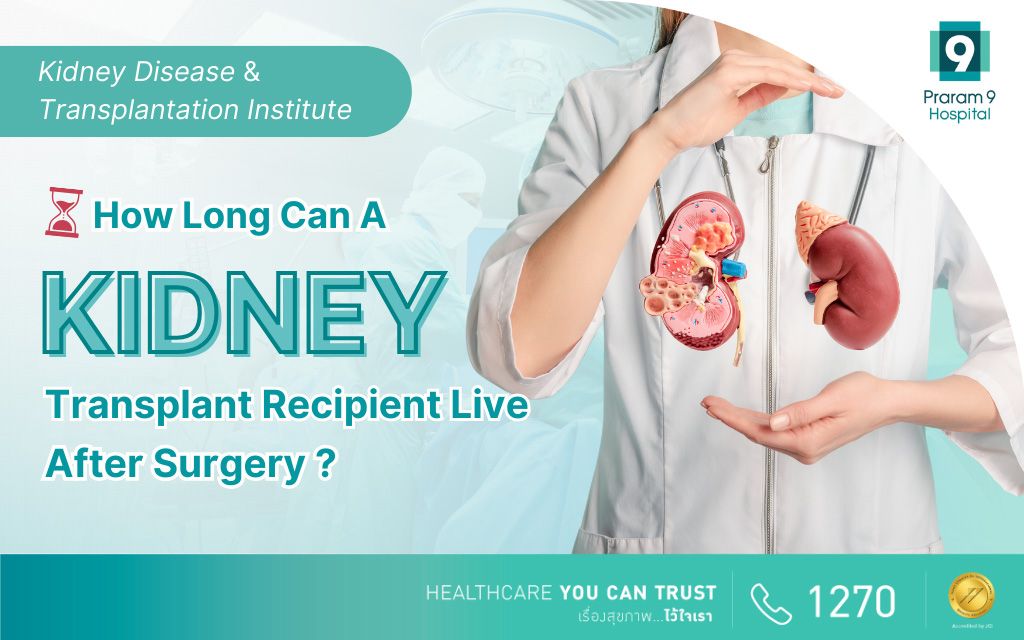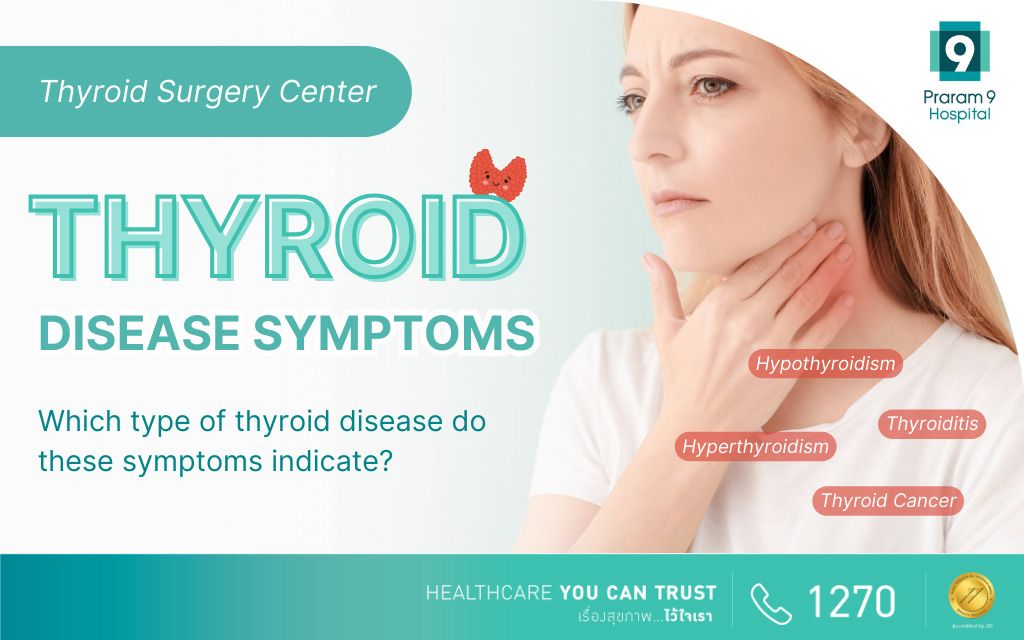Health Articles
Knowledge
Lung Cancer
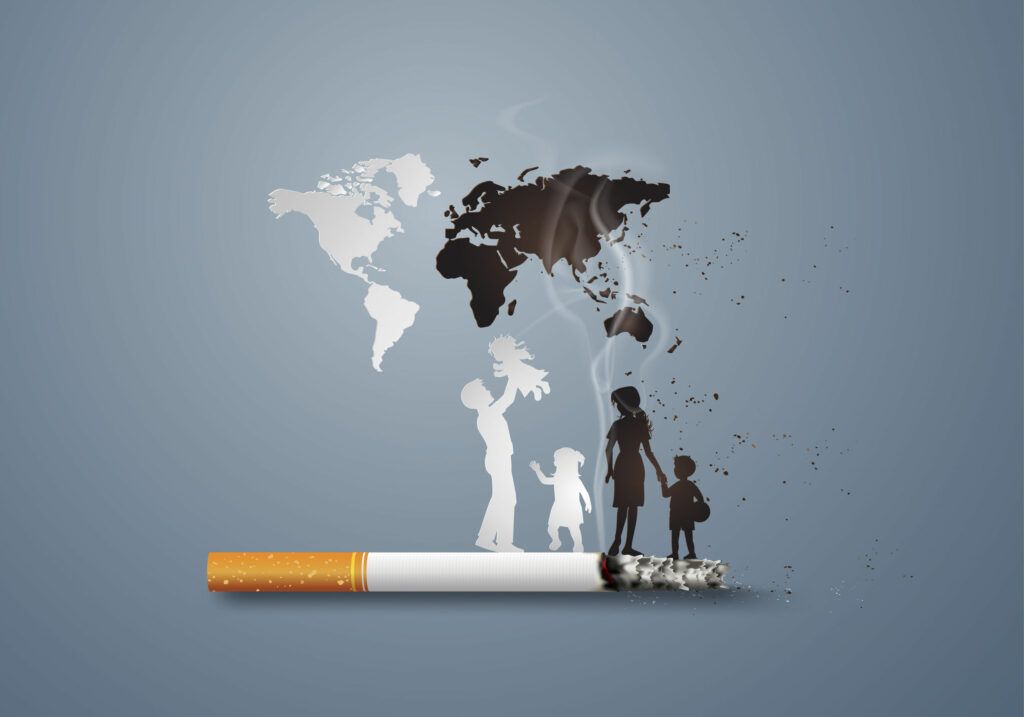
Lung cancer is a very common disease in Thailand and is the top cause of death in both males and females. However, the lung cancer can be completely cured if it is found in its initial stage.
Types of lung cancer
Lung cancer comes from the abnormal growth of cells that is rapid and cannot be controlled, which can cause lumps of abnormal cells that can be found when they get big, become abundant, and spread to other parts of the body. The speed at which lung cancer can destroy the life of the patient depends on the type of cancer.
Lung cancer can be divided into 2 types according to the size of cells. The different sizes of cells are important due to different treatment methods.
- Small cell lung cancer can be found in about 10-15% of cases. The cells will grow and spread faster than non-small cell lung cancer. The patient will die quickly. Treatment will not involve surgery. Mostly, it is treated by using medicine or radiation.
- Non-small cell lung cancer occurs more frequently than small cell lung cancer (found in about 85-90%). However, it will spread slower and can be completely cured by performing surgery if found early.
Risk factors of lung cancer
At present, the cause of lung cancer is not clear. However, there are some factors that might increase the risk of having lung cancer. For example:
- Cigarettes, which is likely the top cause of lung cancer. Smokers have a risk of lung cancer more than non-smokers by up to 10-30 times because the substances in cigarettes can destroy the lung cells and cause abnormality to the cells. The risk will increase according to the number of cigarettes and years that you have been smoking.
- Receiving toxins and pollution in the environment, such as smoke, asbestos, radon gas, arsenic, radiation, and other chemicals, including dust and vapor from nickel, chromium, and other metals.
- Age: The risk of lung cancer increases according to age. Normally, the risk will increase after reaching 40 years old. However, it can be found in people less than 40 years old.
- Have a family member with lung cancer. Those whose parents or siblings have lung cancer will have a risk of having lung cancer even though they do not smoke.
Those with the risk of having lung cancer should see the doctor to ask for suggestions in order to reduce the risk factors and plan the physical check-up. Those who have received treatment for lung cancer should receive a physical check-up after the treatment because there might be a chance of recurrence.
Symptoms of lung cancer
Normally, the symptoms of lung cancer in the initial stage does not show. However, when the disease spreads, the following symptoms might be found:
- Chronic cough (dry cough or cough with phlegm)
- Have breathing problems, such as shortness of breath
- Wheezing
- Have chest pain all the time
- Blood appears while coughing
- Hoarse voice
- Frequently having lung infection, such as pneumonia
- Easily tired or always feel fatigued
- Lose weight with unknown cause
These symptoms might not be related with cancer because there are many diseases that can cause those symptoms. However, those who have the abovementioned symptoms should consult the doctor for diagnosis and treatment quickly.
Self-care after the treatment
- If still smoking, abstain from smoking immediately.
- When the patient get better, exercise by walking at least 15-30 minutes to improve the function of the lungs and heart.
- See the doctor regularly as appointed to prevent recurrence and prevent the development of cancer in other organs.
More Information: Cancer Center


